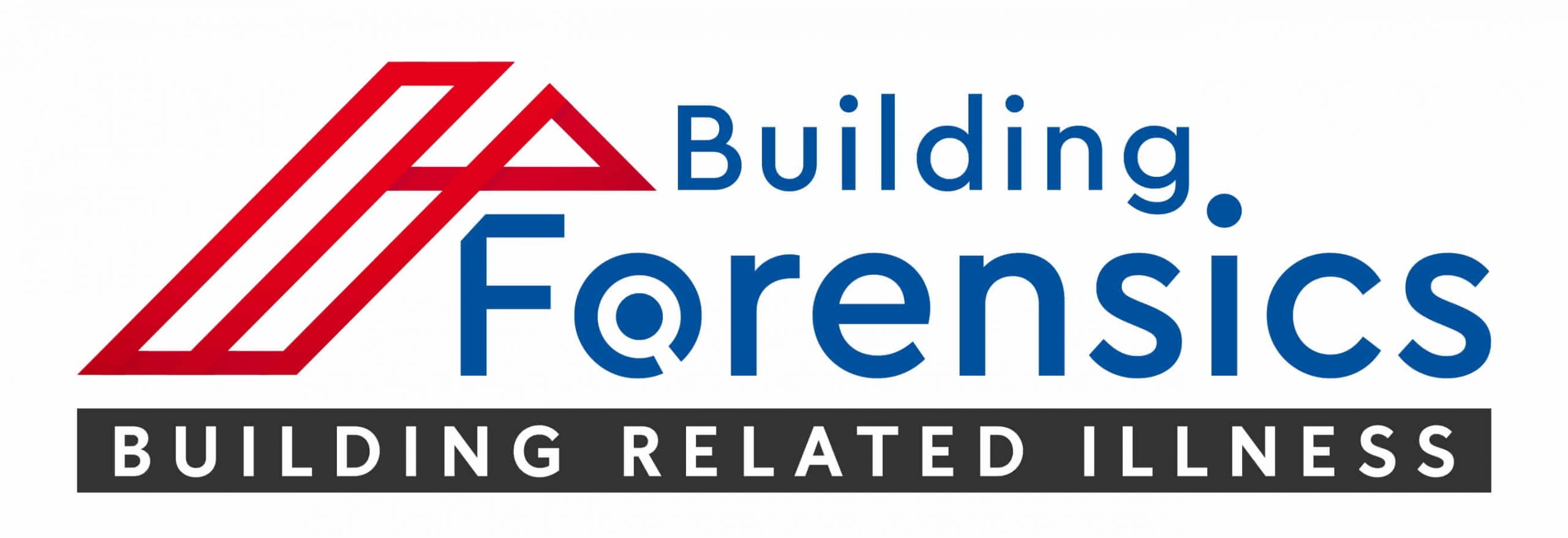Mould and building
Mould and building related illness
Data-Driven Decision Making
When considering the investigation of potential building-related illnesses, the approach should be methodical and data-driven. Here are some key points to consider:
- Budget and Extent of Investigation: The level of investigation you can undertake often depends on your budget. However, it’s essential to balance cost considerations with the need for thorough and accurate data. Skimping on investigation can lead to misdiagnosis or ineffective treatments.
- Comprehensive Sampling: A single dust or gas sample is rarely sufficient to assess an entire house comprehensively. Similarly, different types of medical tests provide varying levels of information; for example, a urine test versus a blood test, or an MRI versus a more specific neuroimaging technique like NeuroQuant. Each test has its scope and limitations.
- The Value of Expertise: Investing in expertise means more than just spending money; it’s about ensuring that the data collected is comprehensive, accurate, and useful for making informed decisions. Experts can help in identifying the right types of tests and analyses to conduct, interpreting the results accurately, and recommending the most effective remediation strategies.
Moving Forward with Data
The aim should be to gather as much relevant data as possible to form a clear picture of the environmental health of your home. This includes:
- Environmental Assessments: Conducting thorough inspections and tests for mold, VOCs, allergens, and other contaminants.
- Health Assessments: Working with healthcare professionals to understand how the environment may be impacting your health and to tailor treatment plans accordingly.
- Remediation Plans: Based on the data collected, developing a plan to address and mitigate the identified issues, whether it’s mold remediation, improving ventilation, or reducing exposure to specific contaminants.
Without a data-driven approach, any attempt at diagnosis or remediation is essentially a guess. In the context of building-related illnesses, informed decisions based on comprehensive data collection are crucial for effective resolution and health improvement. This approach not only aids in identifying the root causes of health issues but also in implementing targeted interventions that can lead to significant improvements in indoor environmental quality and, consequently, in residents’ health and wellbeing.
